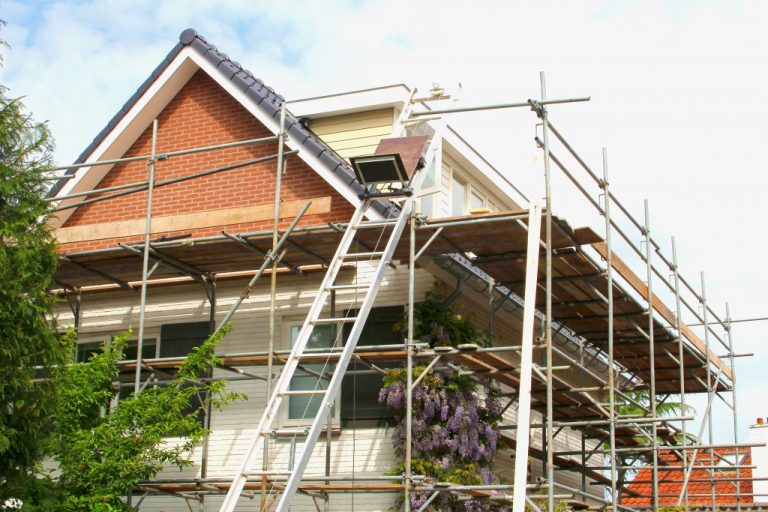• Home equity loans and lines of credit can provide a lump sum or ongoing access to funds for home renovations.
• Refinancing your mortgage has the potential for lower interest rates and longer terms than other loan options.
• Rates are higher on unsecured loans, but they may still be lower than using credit cards and high-interest borrowing.
• Government programs such as the Home Energy Efficiency Retrofit Program and others may provide additional financial help.
Renovating your home can be a wonderful experience and is highly encouraged if you’re looking to add value, style, or convenience to your home. With careful planning and an eye for detail, you can turn a bland or outdated space into something truly special. It will improve the look of the interior and may even raise its market value. Home renovations make great investments for long-term resale possibilities and provide useful amenities today.
However, getting financing for a home renovation can be challenging. Whether it is expanding your living room, remodeling your kitchen, or finishing your basement, making sure you have the necessary funds can be a daunting process. Here are a few tips for financing your dream home renovation:
Home Equity Loan or Line of Credit
A home equity loan or line of credit is another option for financing a renovation. A home equity loan provides a lump sum at an agreed-upon interest rate with fixed monthly payments over a set period of time. A home equity line of credit (HELOC) works like a credit card – you can draw upon it as needed and make payments on what you borrowed plus interest. However, keep in mind that if property values fall during the life of either loan type, lenders may reduce their maximum loan amounts and/or require additional collateral in order to qualify for these loans.
Refinance Your Mortgage

One of the most popular options for financing a home renovation is to refinance your mortgage. Refinancing allows you to take some money from your home’s equity for renovations. Refinancing often allows for lower interest rates and longer terms than other loans, and it can also provide more available cash than a line of credit. When refinancing, make sure that the savings from the lower interest rate outweigh those costs.
Savings Accounts and Loans
If you don’t want (or qualify) for one of the options listed above, consider setting aside money in a dedicated savings account specifically designated for remodeling projects each month until you reach your goal amount. You could also look into taking out an unsecured personal loan from your bank. Although interest rates tend to be higher on this type of loan compared to secured options such as refinancing mortgages and HELOCs, they may still be lower than using credit cards and other high-interest forms of borrowing money.
Government Programs

The federal government offers many programs designed to help people fund their renovations. Here are a few of the best programs you should know about:
The Home Energy Efficiency Retrofit Program
This program provides grants and loans to homeowners who want to make energy-efficient improvements to their homes. It covers a wide range of projects, from insulation upgrades and replacing windows to installing solar panels.
FHA 203(k) Loan Program
The FHA 203(k) loan program allows homebuyers to combine the purchase price and renovation costs into one loan. This can be an excellent way for buyers who are purchasing an older house that needs renovations to get the funds they need for both the purchase and renovation.
Homeownership Assistance Programs
These programs, which are administered by state and local governments, offer loans, grants, and other forms of assistance to help homeowners make necessary repairs or upgrades to their homes.
USDA Rural Home Rehabilitation Grants
This program offers grants to eligible homeowners to cover the cost of repairs and renovations in rural areas. The grants are intended to help homeowners make necessary repairs or improvements that would otherwise be unaffordable.
Additionally, many states have programs designed to help homeowners finance their renovations without having to take out additional loans or refinance their mortgages.
Financing your dream home renovation is a complex process, and there are many options available to you. From home equity loans, or HELOCs, to refinancing mortgages and taking out personal loans, the choice can be overwhelming.
Fortunately, government programs such as the Home Energy Efficiency Retrofit Program, FHA 203(k) Loan Program, homeownership assistance programs, and USDA Rural Home Rehabilitation Grants may offer some financial help if you need it. With careful planning and research into all of these financing options for your next remodeling project, you should have no trouble finding the best fit for your budget needs.






